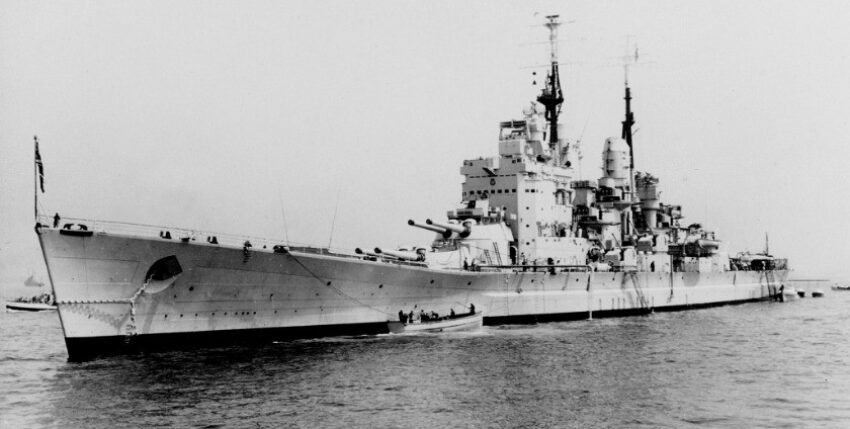Few ships symbolise a maritime turning point in time as strikingly as HMS VANGUARD, which arrived too late for the Second World War and was no longer really needed in the post-war period.
The Royal Navy ended the First World War with a sizeable fleet of capital ships, but was now in need of a fundamental qualitative renewal in order to be able to defend its leading position against new naval powers such as the USA and Japan in the long term. procurement plans for new battleships and battlecruisers did exist at the beginning of the 1920s, but were thwarted by scarce financial resources, the abolished German threat and, above all, the Washington Naval Agreement of 1922. As a result, the now shrinking Royal Navy was only able to commission two new battleships, HMS NELSON and HMS RODNEY, during the decade.
This was to take its toll during the 1930s, when three totalitarian states - Germany, Italy and Japan - set out to realise ambitious
Access?
- Access to all articles from the marineforum magazine
- Easy payment via PayPal, direct debit or credit card
- The subscription can be cancelled at any time free of charge
- Free of charge for MOV members










